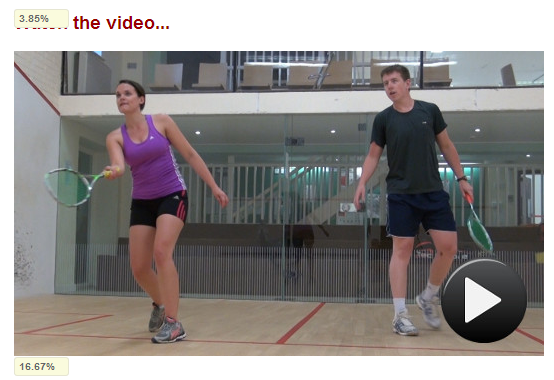Here are five really simple tips which you can use immediately to improve your email marketing.
With opens on mobile devices now exceeding 50%, it’s vital to design with mobile in mind, while not forgetting desktop users.
Recent research shows that if an email doesn’t look good on mobile, many users will delete, or at worst unsubscribe.
All these tips will make your emails more mobile-friendly and help you produce succinct, compelling copy.
1. Use buttons for your calls to action
Buttons will always generate more clicks than text links, especially for mobile users.
Consider which of these is more likely to get clicked.
The 10th annual Comic Arts Festivals is taking place in Brighton next month, and you can register here to get your tickets online.
Or
The 10th annual Comic Arts Festivals is taking place in Brighton next month.
![]()
If you’re using a platform such as MailChimp, buttons are straightforward to add.
2. Keep your calls to action short and avoid friction words
This first example is far too long, and everyone will know it’s a link, so you don’t have to instruct them to click.
![]()
The second example is much shorter and reiterates the benefit.
![]()
Friction words are those that imply your reader has to do something they don’t necessarily want to do.
Common friction words include:
- Download
- Buy
- Order
- Submit
This example is for a free copywriting guide.
![]()
The second example reiterates the benefit. It doesn’t even need to state the need to download it – readers will know this.
![]()
3. Always include a pre-header
A pre-header is the summary text that follows the subject line when viewing an email from the inbox.
Many mobile, desktop and web email clients display email pre-headers to provide a preview of what the message contains before you open it.
Pre-headers deliver a seven per cent higher open rate, on average.
Pre-headers also come in handy if the subject line has been truncated as in the first example below.

In this example, which is landscape view on an iPhone, both the subject line and pre-header are visible, thus complementing each other perfectly.

In the examples above, without a pre-header, subscribers would only see “No images? Click here”.
4. Keep it succinct. Use short sentences and paragraphs
Subscribers are more likely to read and act on short and punchy emails.
After you’ve written your copy, re-read it, and remove any superfluous words.
We’d like to take this opportunity to thank all our customers for their business over the past year.
becomes
Thank you for your business in 2019; we appreciate it.
5. It’s not about you. It’s about them
I regularly receive emails from businesses headed “Here’s what we’ve been up to”.
Yawn.
Often, these include articles such as “Here are some websites we’ve built recently” or “We’d like to welcome John Smith to our accounts team. His hobbies are rambling and trainspotting”.
So what? How does this “news” benefit the reader?
Taking the second example, by all means, announce John, but explain the benefits for the customer. So it could become:
New appointment brings faster turn-round for your PAYE enquiries
We’re delighted to welcome John Smith to our accounts team. John has ten years’ payroll experience, and he will be your dedicated point of contact for PAYE enquiries. As a result our turn-round time for queries will reduce from 48 to 24 hours.
• About the author
Julian Wellings has 12 years’ email marketing experience and works with clients across the UK.








 Adding a prominent subscribe link to your email newsletter is a great way of growing your list.
Adding a prominent subscribe link to your email newsletter is a great way of growing your list.